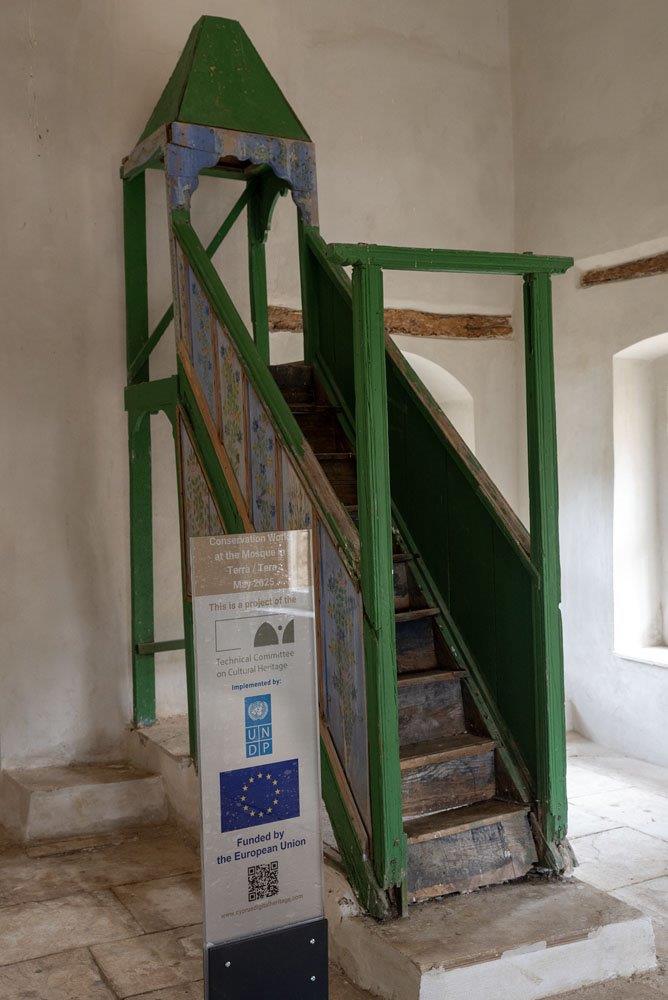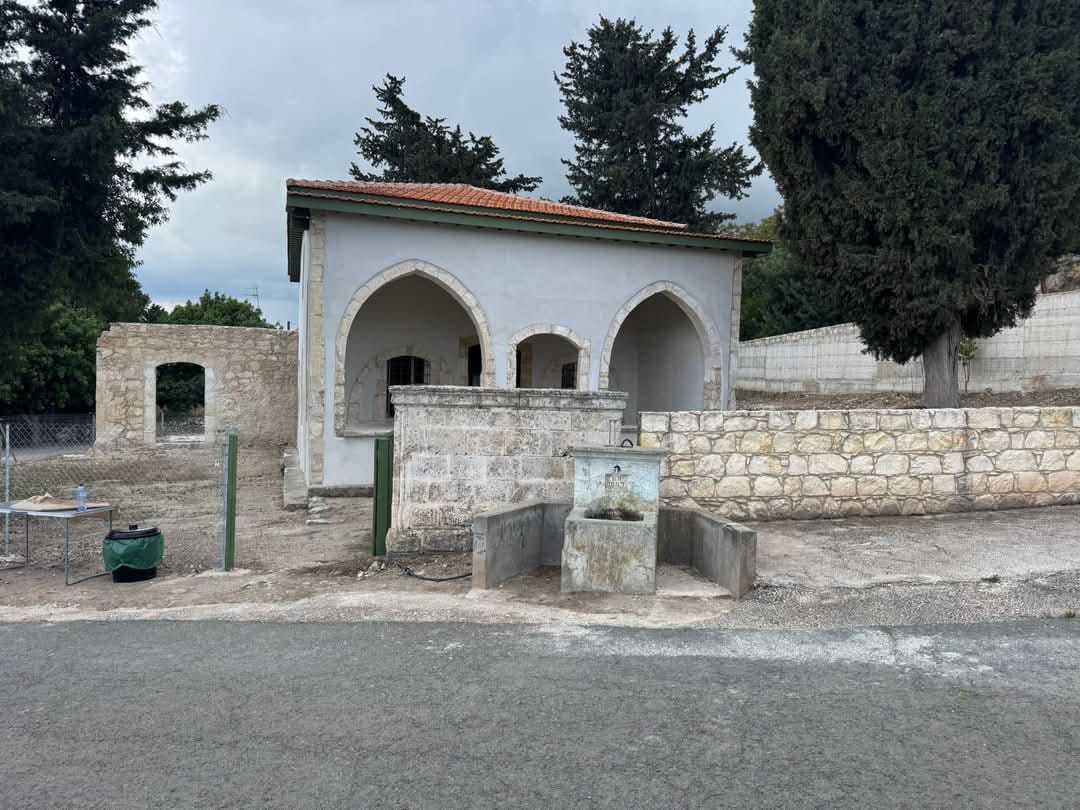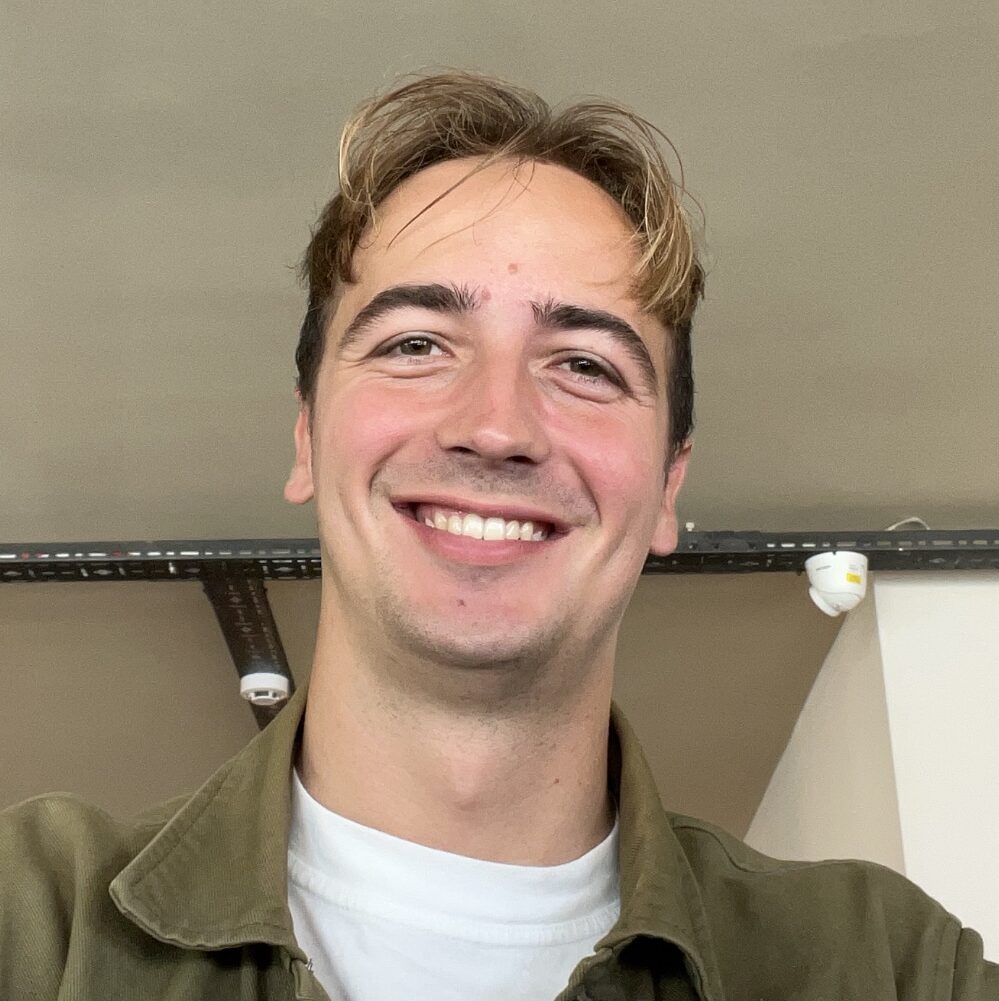Restoration works at the mosque in the Paphos district village of Terra have been completed, with a handover ceremony having been attended by dozens of Turkish Cypriots who originated in the village and Greek Cypriots from the surrounding villages.
The bicommunal technical committee on cultural heritage’s co-chairmen Ali Tuncay and Sotos Ktoris both explained that the mosque is likely to have originally been built in the first half of the 19th century, with records from the foundation’s administration (Evkaf) stating that it existed before 1901.
Additionally, the water fountain in front of the mosque bears the number “1228” in Arabic numerals, signifying the Hijri year 1228. Hijri years are based on the number of years since the prophet Mohamed’s migration from Mecca to Medina, with 1228 in Hijri years corresponding to 1813.
In front of that fountain is another fountain, bearing a marking which reads “ER 1957, while Cyprus was under British rule, with the letters “ER” meaning “Elizabeth Regina”, in reference to Queen Elizabeth II, the British queen at the time.

Inside the mosque, there is a simple mihrab – a niche in the wall which indicates the direction of Mecca, the direction in which Muslims face when praying – as well as a minbar – the flight of stairs on which an Imam stands to deliver sessions – decorated with floral patterns (pictured above), a wooden podium, and a women’s section.
Ktoris said there was once a small hall next to the mosque, which used to function as a primary school, and that the mosque had undergone repairs at various points during its lifespan.
The first such repairs were carried out by Paphos-based stone craftsman Ismail Mehmet in 1927, before further repairs were carried out by a team of four Greek Cypriots in 1934. The most recent round of repairs before they began last year were carried out in 1953 following a severe earthquake which hit Paphos.
During the restoration process, painted motifs were found on the mosque’s interior walls.
The motifs were discovered under the plaster on the walls, with records of the walls having been painted not having previously existed.
Tuncay said upon the finding of the motifs that they “once again reveal how rich a cultural heritage our historical buildings have”.
“Our work symbolises our determination to pass on our historical and cultural values to future generations,” he said.
Work at the Terra mosque was funded by the European Union, with technical support from the United Nations Development Programme.







Click here to change your cookie preferences